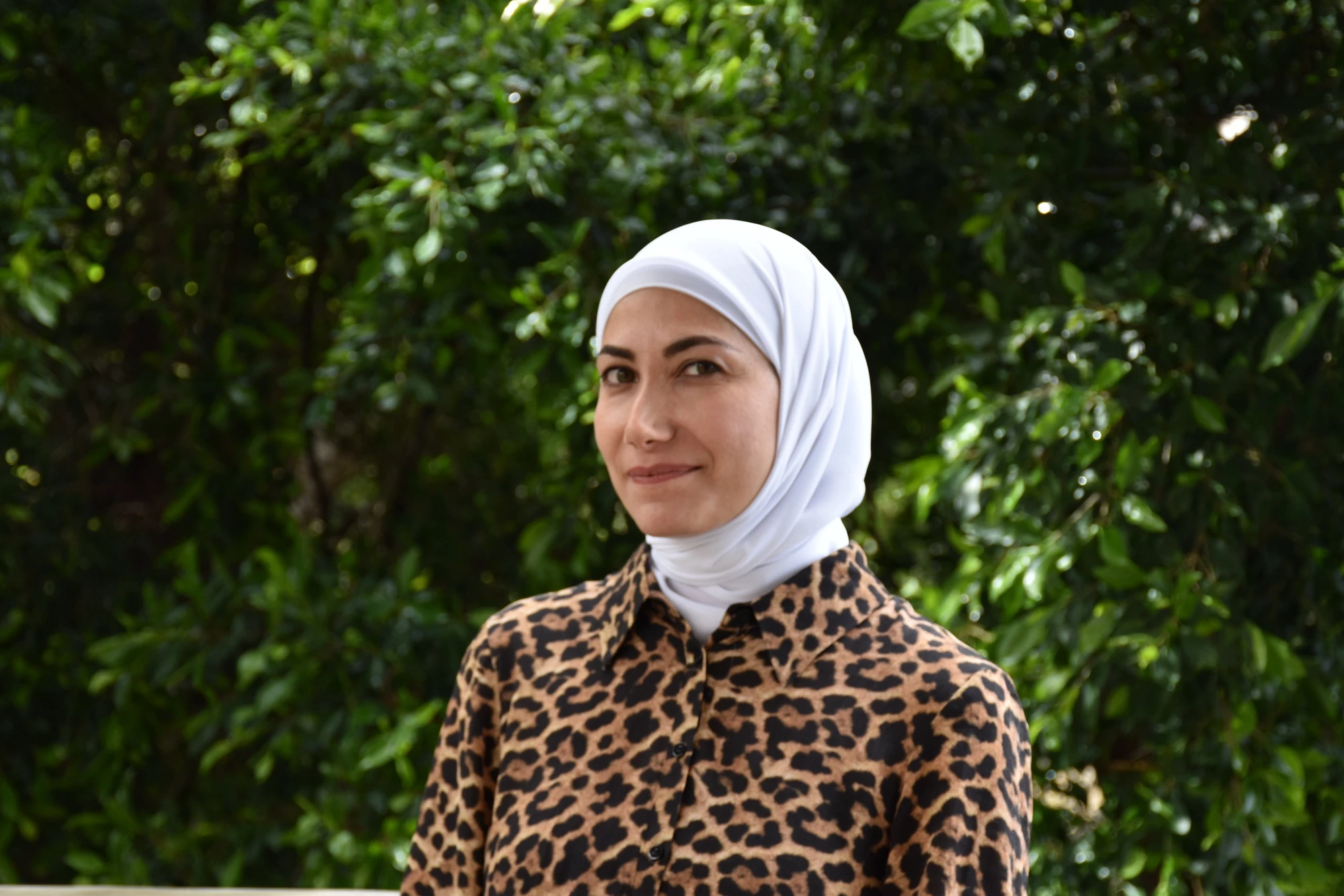 A young buy types on a keyboard.
A young buy types on a keyboard.
Children in Lebanese public schools have experienced four consecutive disrupted academic years (2019-20 to 2022-23), receiving approximately 270 days of in-person teaching compared with the 600 days they should have received across four typical academic years.
Pre-COVID-19 pandemic, students in Lebanon were estimated to complete an average of 10.2 years of schooling. However, taking into account how much they actually learned, students in Lebanon received an average of only 6.3 learning-adjusted years of schooling (LAYS), on par with other countries in the region like Morocco. A learning loss simulation model developed during the COVID-19 pandemic estimated that public- and private-school students in Lebanon lost between 1-1.2 LAYS due to COVID-19-related school closures. The findings from the learning loss simulation model are corroborated by emerging evidence of actual learning losses during this time period. Furthermore, data from an Early Grade Reading Assessment (EGRA) administered in Lebanon in March-April 2022 showed that the reading comprehension scores of only 2.8 percent of grade 2 students were at an intermediate level or above, compared to 11.0 percent in April-May 2018.
The COVID-related disruptions to schooling did not affect all students in Lebanon equally. Students enrolled in Lebanese public schools (primarily lower-income Lebanese and non-Lebanese students), were already behind private school students even before the disruptions. Results from the Programme for International Student Assessment (PISA) conducted in 2018 showed that there were differences of four years of schooling between students in the top and bottom income quintiles. During the pandemic, the lack of resources and infrastructure, particularly in public schools, hindered remote learning efforts, thus further widening the gap in learning outcomes between different socioeconomic groups.
Further, after the pandemic, private schools largely resumed regular functioning, while disruptions to public schooling continued, primarily due to teacher strikes in the face of their severely devalued salaries. Extending the learning loss simulation model, Lebanon's public-school students are estimated to have lost a further 0.4-0.5 LAYS during the 2022-23 academic year. The resulting learning levels of 4.6-4.9 LAYS for Lebanon’s public-school students is comparable to the pre-pandemic LAYS levels of only two MENA countries: Yemen (4.2) and Iraq (4.0), along with several countries in Sub-Saharan Africa, such as Sierra Leone (4.9) and Guinea (4.6).
Figure 1. Potential Learning Losses in Lebanon between 2020 and 2023

Source: World Bank simulation results.
The learning loss resulting from the disruptions in the education sector is expected to negatively affect the Lebanese economy for decades to come. Learning losses will lead to a loss in future earnings across the working lives of the affected students. If not remediated, the learning losses from the 2019-20, 2020-21, and 2021-22 academic years could translate into a loss of 10 percent of future earnings across the working lives of the affected students. The additional learning losses incurred during the 2022-23 academic year could translate into a further loss of 3.2-3.8 percent of future earnings for the affected students, resulting in losses to the Lebanese economy of between USD 217-253 million across the working lives of the affected students (in current USD terms).
The analyses and findings summarized above are presented in more detail in a note titled: "Another Lost Year? Estimating the Educational and Economic Costs of Lebanon’s Public-School Closures in 2022-23," recently published by the World Bank.
The World Bank’s most conservative estimate is that each additional day of public-school closures could result in approximately USD 3 million in future losses to the Lebanese economy (in current USD terms). As a comparison, the Minister of Education and Higher Education has stated on August 17, 2023 at the Council of Ministers that the public education sector requires USD 150 million in order to ensure schools reopen and remain open for the 2023-24 academic year – this equates to approximately USD 1.6 million per day (based on the 4-day a week, 23-week compressed school year currently proposed). Thus, the daily amount requested by the Minister for the smooth functioning of the 2023-24 academic year is lower than the daily long-run costs of school closures.
These estimated learning and earning losses stemming from school closures highlight the urgent need for the Government of Lebanon to prioritize investment in the education sector and to engage in careful planning to ensure that schools reopen and remain open for the 2023-24 academic year and beyond. Lebanon has historically been recognized for the quality of its education system and for its educated, competent and skilled human capital. Ensuring the continued functioning of the public education sector is critical to enable all children in Lebanon to realize their potential as productive members of society and to contribute to the recovery and long-term sustainability of the Lebanese economy.





Join the Conversation